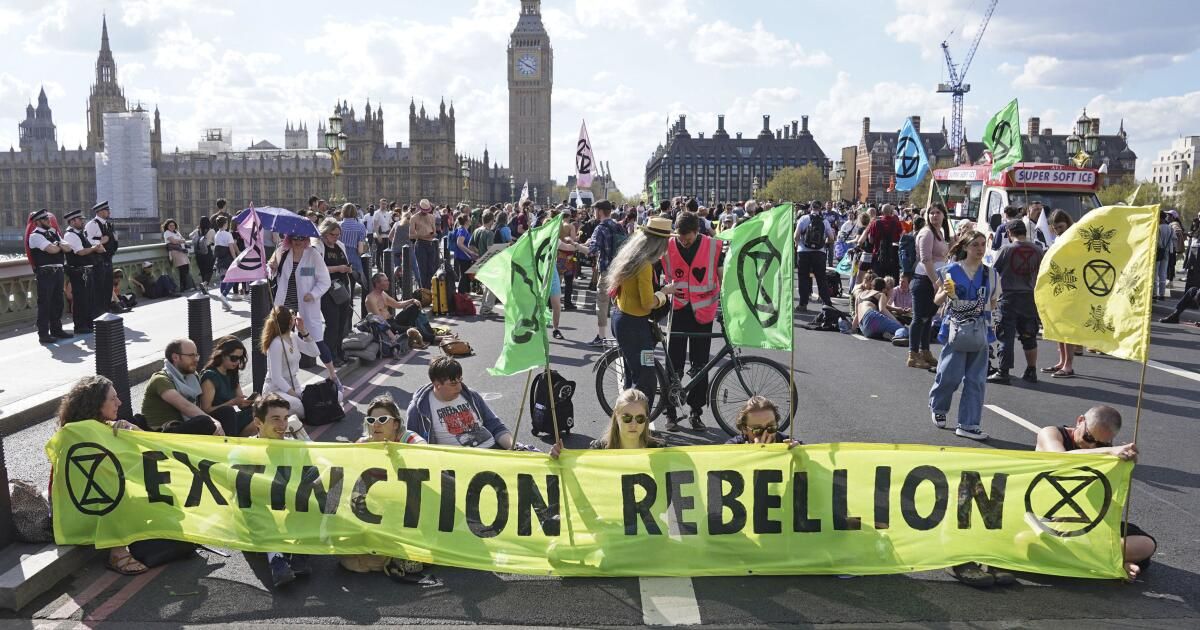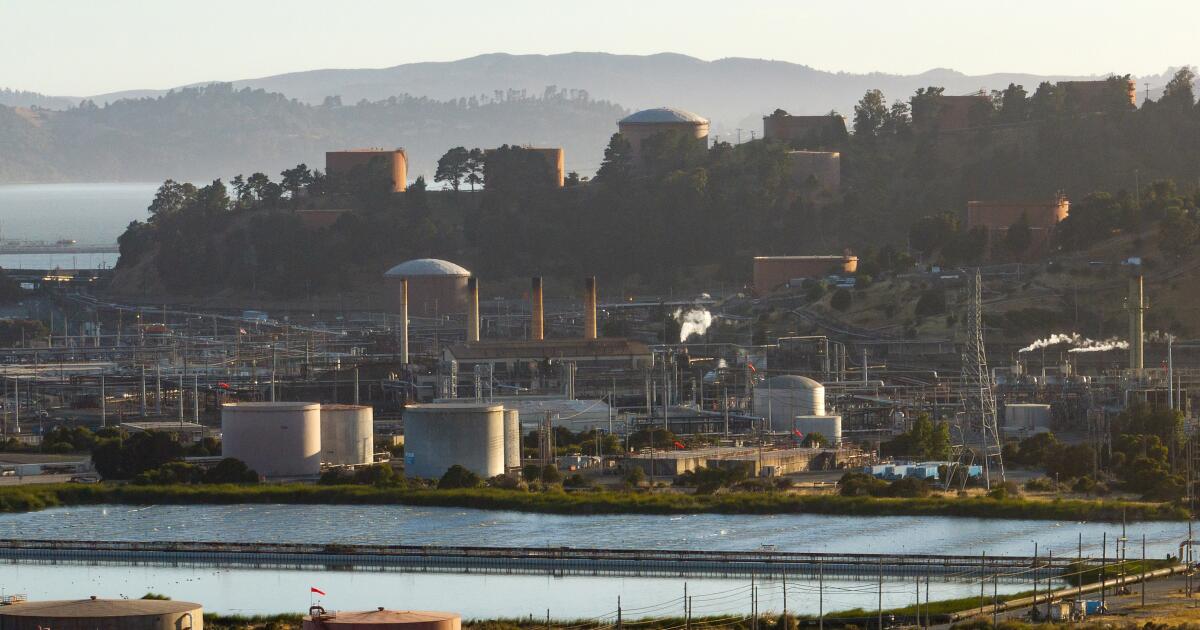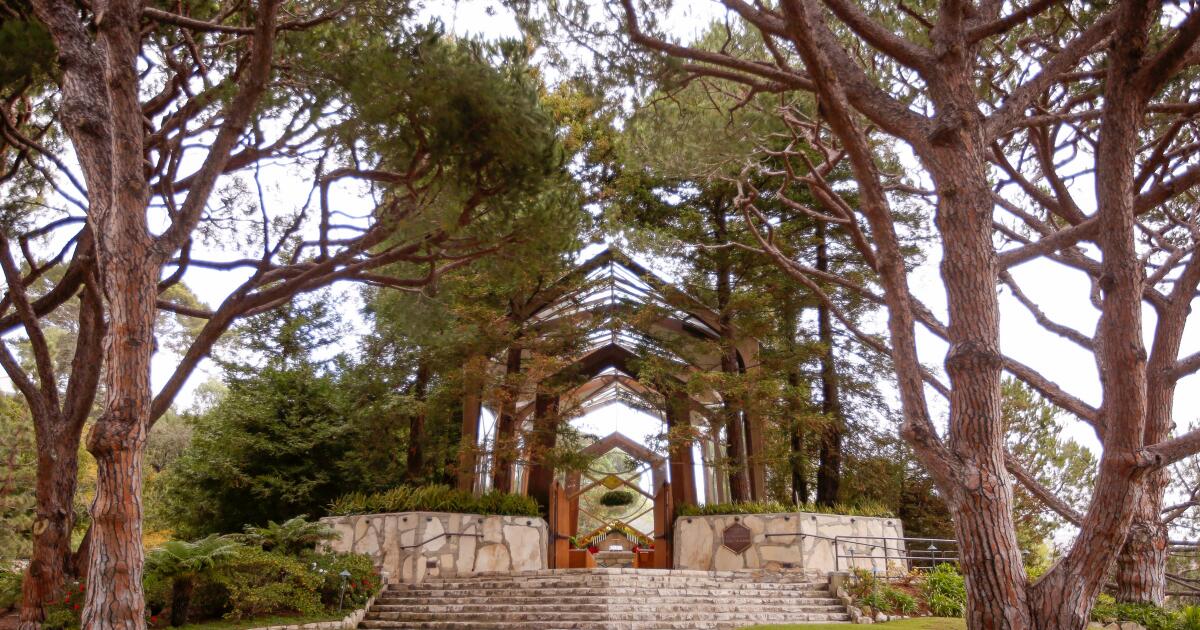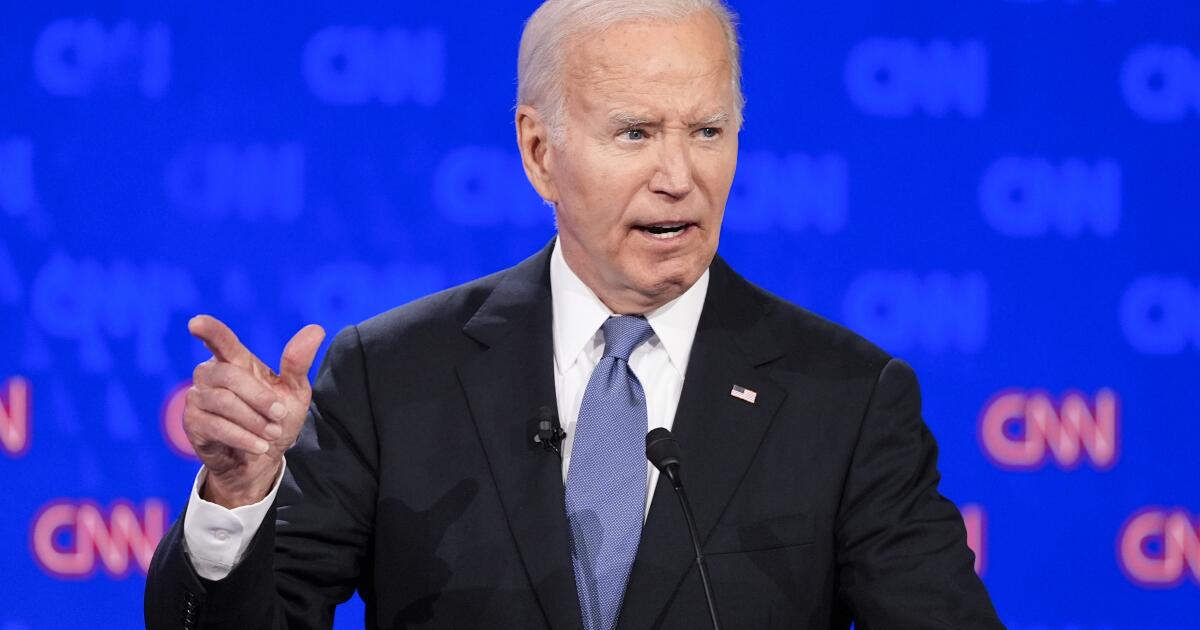To the editor: I thank the LA Times for publishing the special print edition Our Climate Change Challenge on September 15. Stories like these should appear on the front page every day. The best line was this quote from the article about fast fashion: “The most sustainable thing you can do is not buy stuff.”
Unfortunately that would ruin our economy.
However, for too long the prices we pay for products do not reflect their true costs: they include materials, labour, transport and marketing, but they should also include disassembly, repair, destruction, recycling and final storage.
Plastics may seem cheap, but are they really? What about the health costs of microplastics and phthalates? What about the costs of cleaning up our beaches and oceans?
Products of all kinds are too cheap and easy to replace. Consumers simply throw them away and buy new ones. If prices included the real cost to the planet, perhaps people would be motivated to repair more products. Manufacturers should be required to provide replacement parts and make their products easier to repair.
Yes, a vacuum cleaner would be more expensive, but it will be easier to repair and will not soon litter the streets and alleys along with refrigerators, microwaves, washing machines and dryers.
Andrew Tilles, City Studio
..
To the editor: The sun provides Earth's energy share. All life competes for this energy, while respecting two strict rules of nature.
Rule 1 is that energy can neither be created nor destroyed (conservation of energy). Rule 2 is that every energy process makes things more complicated (entropy).
Before humans came along, nature stored incredible amounts of its creations (plankton and plants) on Earth. Over time, pressure and heat transformed what had been created with low-density solar energy into high-density fossil fuels.
We humans learned to use that energy to do whatever we wanted and invented capitalism, saying that the Earth's resources are infinite, violating the rules of nature.
We cannot produce more energy than nature provides, and it is becoming increasingly difficult and expensive to find (Rule 1). The toxic mess we have created threatens life everywhere (Rule 2).
Our dilemma is that, in order to survive, humans must obey the rules of nature and share them with the rest of life on Earth.
Phil Beauchamp, Chino Hills
..
To the editor: Congratulations to The Times for its special section on climate change. As an environmental historian and climate activist for almost 20 years, I have not seen any comparable news coverage.
I liked the reference to former Times journalist Mark Arax’s excellent book, “The Dreamt Land.” You quote Arax as saying, “What we’re talking about is fundamentally altering the ‘California dream’ to respond to something we should have responded to decades ago. Climate change has now left us no choice.”
This is not entirely correct.
Based on research I've done for a book I'm writing, I'm confident that the California dream has already evolved to the point where our state is a national and global climate leader. This has been the case at least since Sacramento passed the Global Warming Solutions Act of 2006.
Fortunately, the California dream of a livable climate appears to be ingrained in The Times’s DNA.
Tom Osborne, Laguna Beach
..
To the editor: At the university where I teach, I made a promise to include climate change in all my courses.
I don't have a degree in sustainability. I don't understand climate science. I don't even know how to garden. I teach writing and theater. So I taught cli-fi (climate fiction), romance, eco-improv, and nature walk journals.
Teaching without addressing climate change used to feel like a way of neglecting reality. Now it feels like a betrayal. Ignoring extreme weather, decades of collective manipulation by fossil fuel companies, the anxiety and hopelessness of my students, is like not shouting “fire!” when I see the flames.
I understand why some Los Angeles Unified School District teachers are taking the curriculum into their own hands, but they can't do it alone.
What will it take for school systems, those with money and power, to fund climate education? How long are we going to keep pretending?
Maggie Light, Van Nuys












